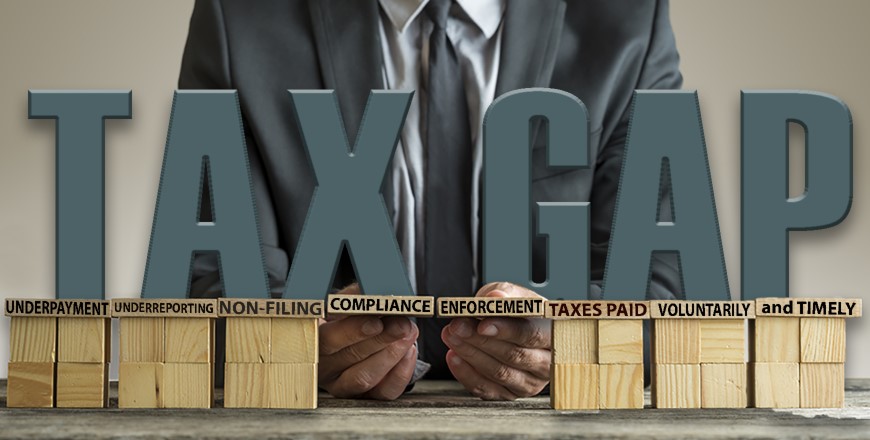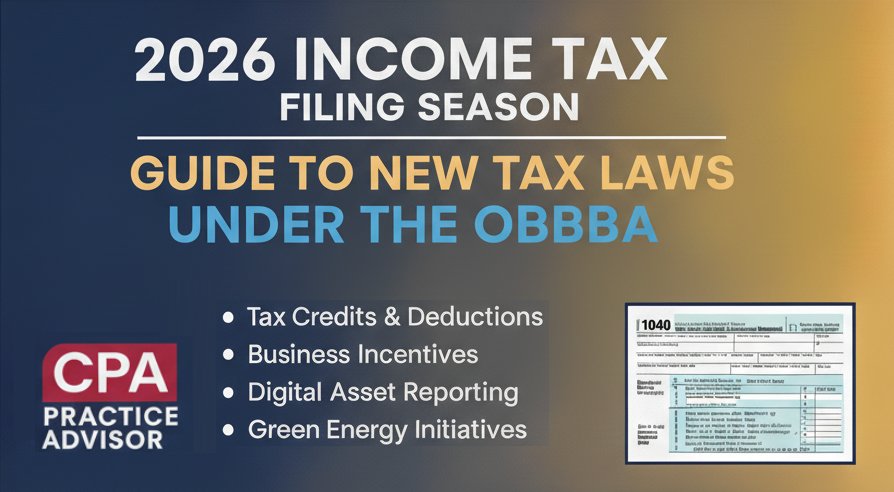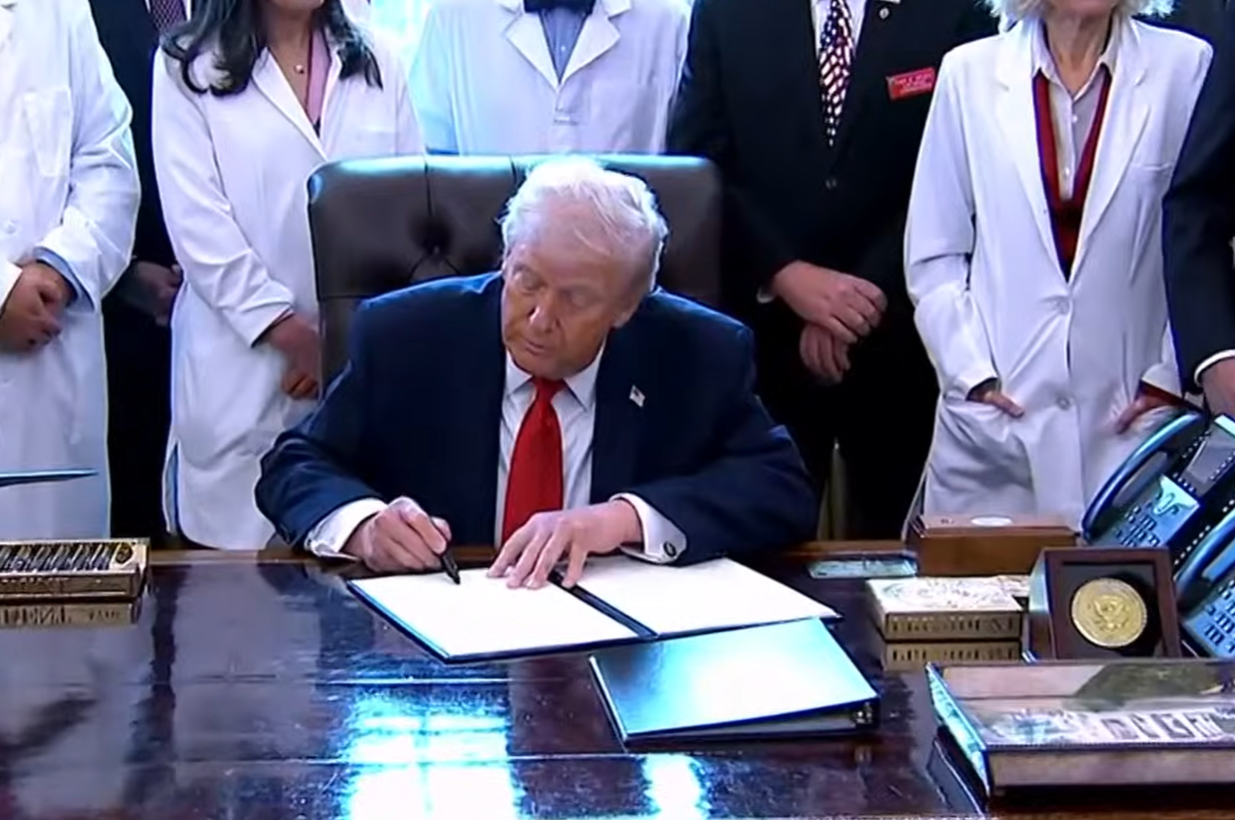The projected gross tax gap—the difference between the total taxes owed to the federal government and how much is collected on time—increased to $688 billion for tax year 2021, the IRS said on Oct. 12.
The new estimate reflects a rise of more than $192 billion from the prior estimates for tax years 2014 to 2016 and an increase of $138 billion from the revised projections for tax years 2017 to 2019.
This is the first time the IRS has released tax gap projections for an individual tax year; the IRS usually provides tax gap estimates for a three-year period. And the IRS said last Thursday that it will provide tax gap estimates on an annual basis going forward.

“This increase in the tax gap underscores the importance of increased IRS compliance efforts on key areas,” IRS Commissioner Danny Werfel said in a statement. “With the help of Inflation Reduction Act funding, we are adding focus and resources to areas of compliance concern, including high-income and high-wealth individuals, partnerships, and corporations. These steps are urgent in many ways, including adding more fairness to the tax system, protecting those who pay their taxes, and working to combat the tax gap.”
The IRS notes that the tax gap estimates cannot fully account for all types of noncompliance, and the projections released last week are based largely on the compliance behavior estimated from the most recent set of completed audits—tax years 2014 to 2016. That estimated compliance behavior is projected forward to taxpayers in tax years 2020 and 2021, the IRS said.
Late payments and IRS enforcement efforts are projected to generate an additional $63 billion on tax year 2021 returns, resulting in a projected net tax gap of $625 billion. Between tax years 2014 to 2016 and tax year 2021, the estimated tax liability increased by about 38%, roughly the same increase as the gross and net tax gaps, according to the IRS. These increases in tax liability and the tax gap can mostly be attributed to economic growth.
The tax year 2020 and 2021 tax gap projections translate to about 85% of taxes paid voluntarily and on time, which is in line with recent levels. After IRS compliance efforts are factored in, the projected share of taxes eventually paid is 86.3% for tax year 2021, down slightly from the 87% for tax years 2014 to 2016, the agency said. This drop in compliance does not factor in any changes in compliance behavior; instead, it is due to changes in the types of income and how that income is reported to the IRS.
The gross tax gap comprises three components:
- Nonfiling, which means tax not paid on time by those who do not file on time:
- $77 billion in tax year 2021, up from $41 billion in tax years 2017 to 2019.
- Underreporting, which reflects tax understated on timely filed returns.
- $542 billion in tax year 2021, up from $445 billion in tax years 2017 to 2019.
- Underpayment, or tax that was reported on time, but not paid on time.
- $68 billion in tax year 2021, up from $64 billion in tax years 2017 to 2019.
In 2022, the latest year for which data is available, the IRS collected more than $4.9 trillion in taxes, penalties, interest, and user fees.
Thanks for reading CPA Practice Advisor!
Subscribe Already registered? Log In
Need more information? Read the FAQs




![natural_disasters_list_1_.56117a5e5df03[1]](https://www.cpapracticeadvisor.com/wp-content/uploads/2021/12/natural_disasters_list_1_.56117a5e5df03_1_.61c1db14bf0ea.png)